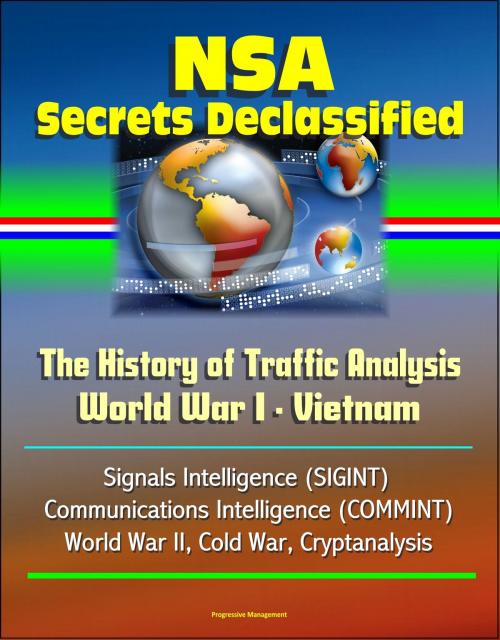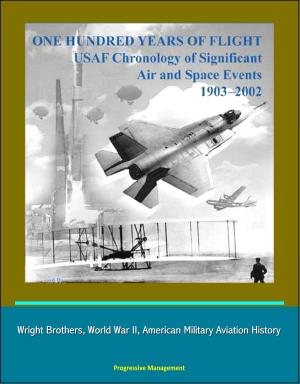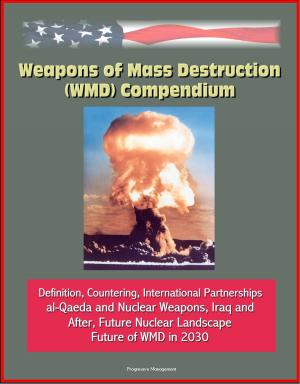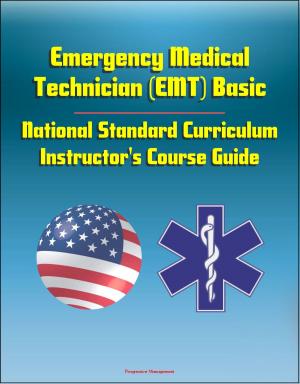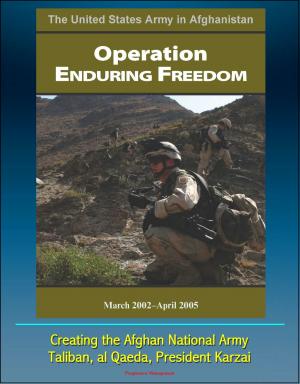NSA Secrets Declassified: The History of Traffic Analysis: World War I - Vietnam, Signals Intelligence (SIGINT), Communications Intelligence (COMMINT), World War II, Cold War, Cryptanalysis
Nonfiction, History, Military, United States, World War II| Author: | Progressive Management | ISBN: | 9781311952806 |
| Publisher: | Progressive Management | Publication: | April 5, 2015 |
| Imprint: | Smashwords Edition | Language: | English |
| Author: | Progressive Management |
| ISBN: | 9781311952806 |
| Publisher: | Progressive Management |
| Publication: | April 5, 2015 |
| Imprint: | Smashwords Edition |
| Language: | English |
Professionally converted for accurate flowing-text e-book format reproduction, this important NSA publication describes the elements of traffic analysis (T/A) and explains how T/A has been used for several purposes including to produce intelligence information, to aid cryptanalysis, and to support the collection of additional data. It then presents examples of intelligence contributions made by T/A during World War I, World War II, and the Cold War, including the Korean War and the Vietnam War. Signals intelligence (SIGINT) is a major segment of the intelligence discipline, and communications intelligence (COMINT) is a subset of SIGINT. In turn, T/A is a significant part of COMINT while also useful in other aspects of SIGINT. This document defines and explains traffic analysis when used in this context, as part of the broader discipline of signals intelligence.
The word traffic to a communicator or cryptologist referred to communications passed between a sender and an intended recipient. Thus, the study of traffic by unintended recipients was called traffic analysis. T/A has been the study of "external" features of target communications. It also can be used against non-communications electronic emissions and telemetry signals. It examined all aspects of communications transmissions excluding code or cipher message content, which was the purview of cryptanalysis (C/A). Traffic analysts studied signals' characteristics, including radio frequency usage, callsigns, (a series of letters and/or numbers assigned to a specific radio station), transmission schedules, locations of transmitters, the routings and volumes of message traffic, informal "chatter" between the targets' radio operators and the unique characteristics exhibited by manual Morse operators, referred to as their "fists."
T/A and C/A historically have been the major technical approaches to COMINT, and information derived from traffic analysis and cryptanalysis can be combined to gain knowledge about the senders and receivers. This knowledge was provided to customers in "end-product" reports.
The Elements of Traffic Analysis - Historically, the elements of communications subject to traffic analysis were among the following: Callsigns - Usually a brief series of letters and/or numbers assigned to a specific radio station by a government authority. The radio operator transmitted a callsign to identify the station when making contact with other radio stations. Some callsigns were permanent, while others changed periodically according to a pre-arranged plan to confuse monitoring by unintended listeners. If the unintended listeners (COMINT units) solved the system by which the callsigns were generated and/or assigned, they could then predict the new callsigns used by individual radio stations following the periodic changes.
Professionally converted for accurate flowing-text e-book format reproduction, this important NSA publication describes the elements of traffic analysis (T/A) and explains how T/A has been used for several purposes including to produce intelligence information, to aid cryptanalysis, and to support the collection of additional data. It then presents examples of intelligence contributions made by T/A during World War I, World War II, and the Cold War, including the Korean War and the Vietnam War. Signals intelligence (SIGINT) is a major segment of the intelligence discipline, and communications intelligence (COMINT) is a subset of SIGINT. In turn, T/A is a significant part of COMINT while also useful in other aspects of SIGINT. This document defines and explains traffic analysis when used in this context, as part of the broader discipline of signals intelligence.
The word traffic to a communicator or cryptologist referred to communications passed between a sender and an intended recipient. Thus, the study of traffic by unintended recipients was called traffic analysis. T/A has been the study of "external" features of target communications. It also can be used against non-communications electronic emissions and telemetry signals. It examined all aspects of communications transmissions excluding code or cipher message content, which was the purview of cryptanalysis (C/A). Traffic analysts studied signals' characteristics, including radio frequency usage, callsigns, (a series of letters and/or numbers assigned to a specific radio station), transmission schedules, locations of transmitters, the routings and volumes of message traffic, informal "chatter" between the targets' radio operators and the unique characteristics exhibited by manual Morse operators, referred to as their "fists."
T/A and C/A historically have been the major technical approaches to COMINT, and information derived from traffic analysis and cryptanalysis can be combined to gain knowledge about the senders and receivers. This knowledge was provided to customers in "end-product" reports.
The Elements of Traffic Analysis - Historically, the elements of communications subject to traffic analysis were among the following: Callsigns - Usually a brief series of letters and/or numbers assigned to a specific radio station by a government authority. The radio operator transmitted a callsign to identify the station when making contact with other radio stations. Some callsigns were permanent, while others changed periodically according to a pre-arranged plan to confuse monitoring by unintended listeners. If the unintended listeners (COMINT units) solved the system by which the callsigns were generated and/or assigned, they could then predict the new callsigns used by individual radio stations following the periodic changes.
